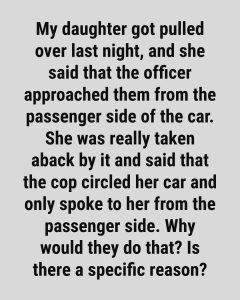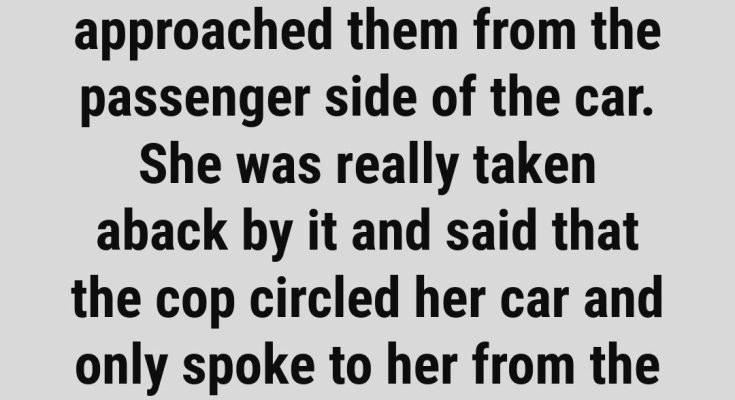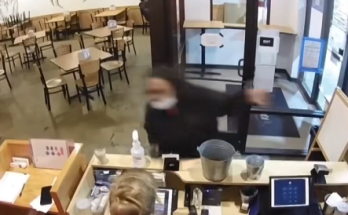
Seeing flashing lights in your rearview mirror can spike anxiety. A traffic stop might feel sudden, but it’s a structured process focused on safety. Before pulling anyone over, officers run the license plate to check for stolen vehicles, expired registration, or outstanding warrants. They radio dispatch with details and choose a well-lit, low-traffic area to reduce hazards. So if it takes a moment to pull over, it’s likely for safety reasons, not delay.
Once stopped, notice the patrol car’s position. Officers often park slightly offset behind your vehicle to create a safe approach path and cover themselves from traffic. Some even turn their wheels outward as an extra precaution. As they approach, officers scan the car’s interior, check passengers, and place a hand on the rear to leave a fingerprint—simple measures to ensure safety and accountability.
When the officer reaches your window, you’ll be asked to turn off the engine and show your license, registration, and insurance. Questions may be repeated, or passengers addressed separately. This isn’t personal suspicion—it’s standard situational awareness. Both the officer and driver play a role in staying safe. Keeping hands visible, remaining calm, and waiting for instructions helps the interaction go smoothly.
Traffic stops follow a predictable pattern from start to finish. The flashing lights signal caution, not accusation. Understanding the process can ease stress and help drivers cooperate effectively. Most stops end quickly, with a simple conversation and exchanged documents. By knowing what’s happening, drivers can stay safe, reduce tension, and respect the officer’s role in protecting everyone on the road.



